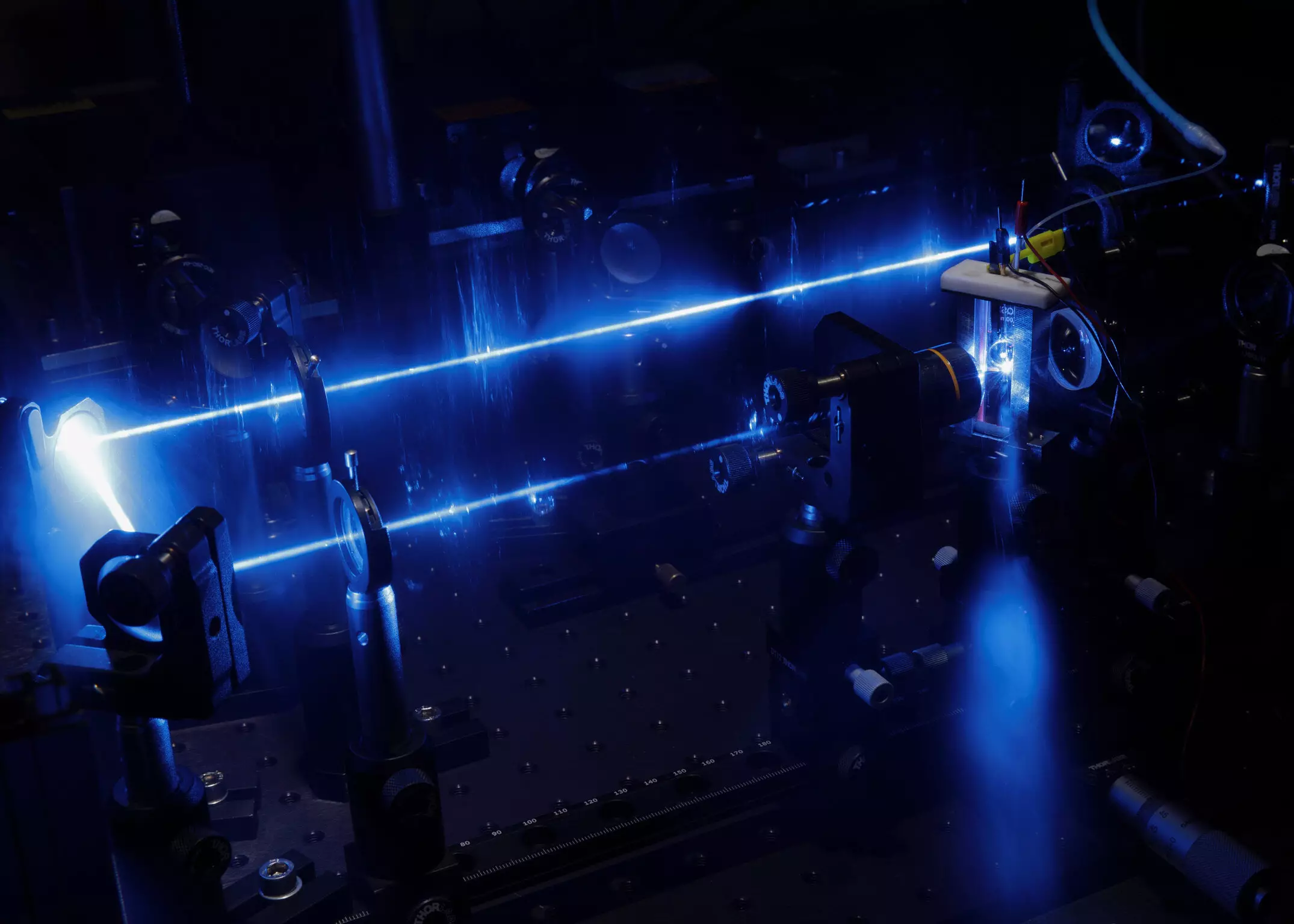A recent study conducted by scientists from the Leibniz Institute of Photonic Technology (Leibniz IPHT) along with researchers from the Universities of Jena and Ulm, has revealed interesting findings about the properties of iron compounds that can absorb light. These compounds, known as chromophores, have the potential to play a significant role in light-to-energy conversion processes.
Iron complexes have been identified as a promising alternative to rare metal complexes like iridium and ruthenium in various applications such as photocatalysis and photovoltaics. The ability of these iron compounds to absorb light efficiently and transfer electrons to reaction partners makes them valuable in sustainable technologies.
The research team discovered that small changes in the chemical structure of iron compounds, particularly in the second coordination sphere, can have a significant impact on their light absorption properties. By adding or removing protons, the behavior of the iron complexes when exposed to light can be altered to enhance their efficiency.
One of the key findings of the study is the ability to precisely control the light absorption of iron complexes through molecular modifications. This breakthrough opens up new possibilities for the development of sustainable technologies that rely on light-to-energy conversion processes. Prof. Dr. Benjamin Dietzek-Ivanić, the spokesperson of CRC CataLight, emphasized the importance of these findings in optimizing iron compounds for various applications.
Unlike previous research that often focused on expensive materials, this study highlights the affordability and eco-friendliness of iron compounds as a viable alternative. The potential of iron complexes to serve as catalysts in sustainable chemical processes makes them a promising candidate for future research and development efforts.
The research conducted by scientists from the Leibniz Institute of Photonic Technology and the Universities of Jena and Ulm sheds light on the potential of iron compounds in light absorption. By understanding how small chemical modifications can influence the properties of these compounds, researchers can now explore new avenues for sustainable technologies. This groundbreaking study paves the way for further advancements in the field of photovoltaics, catalysis, and other applications that rely on light-to-energy conversion.


Leave a Reply